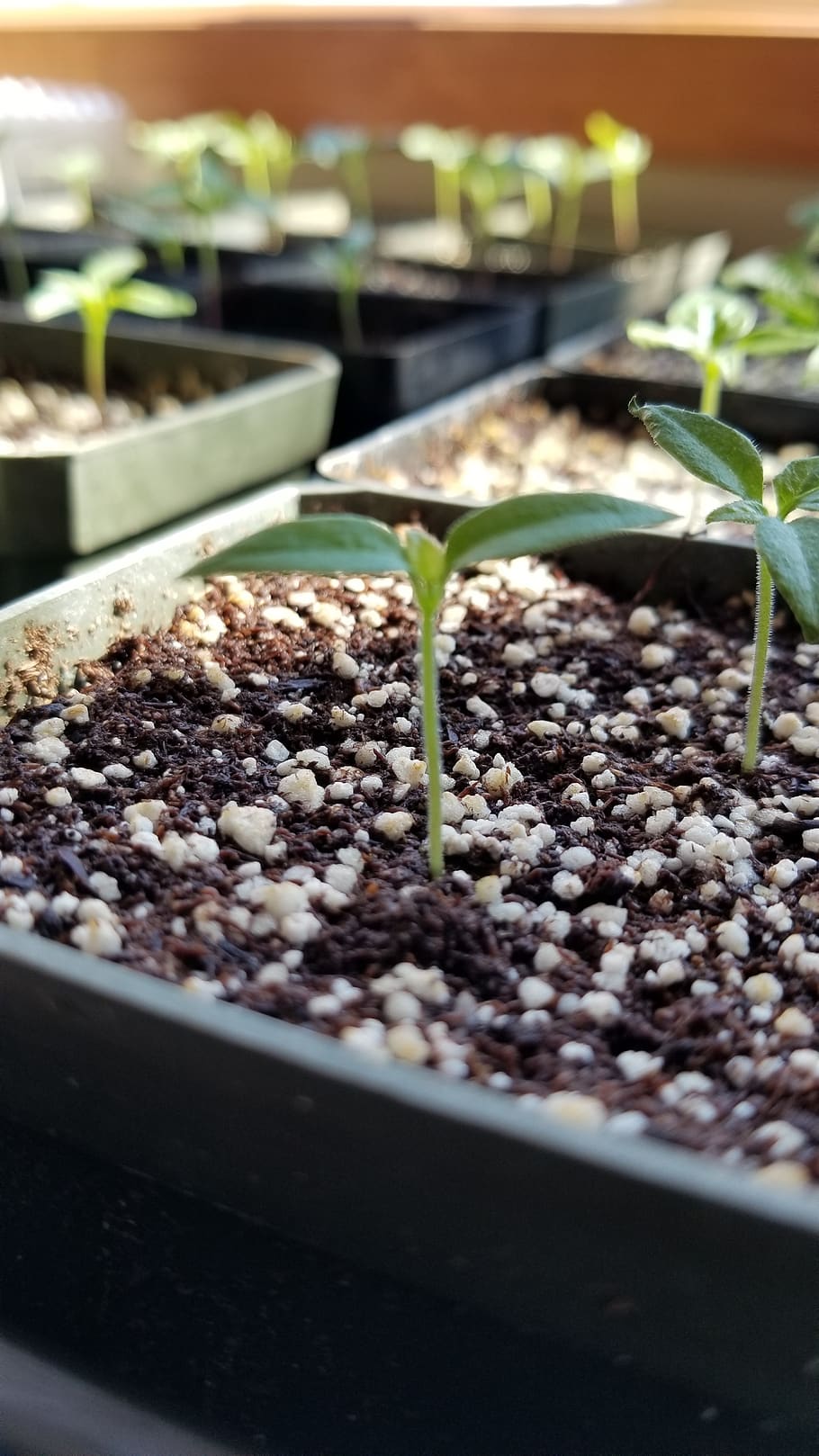Growing Peppers Indoors – Guidelines & Tips
Growing peppers indoors is gaining in popularity among gardeners. In addition to providing a medium level of nutrition, peppers are known for their vibrant colors and delicious flavors.
However, cultivating peppers indoors may require a different strategy than when they are grown outdoors. Here are some guidelines and tips to help you find success when growing peppers indoors:
1. Determine Which Pepper Plants You Want to Grow
There are a variety of pepper plants that you can choose from. Some peppers are milder in flavor while others are hot. You can also choose from many different varieties of peppers such as bell peppers, jalapeños, and habaneros.
Before deciding on which pepper plants to grow, you should research the type of pepper that you would like to cultivate. The more you know about the specific type of pepper you are growing, the better you will be able to provide the pepper plants with the proper growing environment.
2. Select the Right Containers & Soil
The type of container and soil you select for your pepper plants will have a significant impact on their success. Select a container with adequate drainage and fill it with a light, loose soil that is specifically designed for growing peppers.
A soil with proper drainage will allow for more water retention and can ensure that the pepper plants get the adequate amount of nutrients. Peppers need well-drained soil as they can develop root rot if their roots sit in water for too long.
3. Provide the Plants with Proper Lighting
Light is very important for pepper plants. They need ample amounts of bright, full-spectrum sunlight for at least six hours per day. You can supplement natural sunlight with artificial lighting if your home does not get enough sunlight.
You should also rotate your pepper plants every few days to ensure that the light is reaching all parts of the plant evenly. This will help promote healthy growth in your pepper plants.
4. Water Your Peppers Regularly
Peppers need to be watered regularly in order to thrive. Depending on the type of pepper, you’ll want to water them at least twice a week. Make sure not to over-water your pepper plants as this can lead to root rot. You should also avoid using tap water as it could contain chemicals that can be damaging to your pepper plants.
5. Provide the Plants with Regular Nutrient Boosts
Providing your pepper plants with regular nutrient boosts will help promote healthy growth and larger yields. You can do this by adding organic fertilizers to the soil on a monthly basis. These fertilizers should contain a balance of nitrogen, phosphorus, and potassium, which are all important for pepper plants.
Conclusion
Growing peppers indoors is not as difficult as you might think, as long as you provide the plants with the attention they need. By following the guidelines and tips outlined here, you can find success cultivating peppers indoors.



